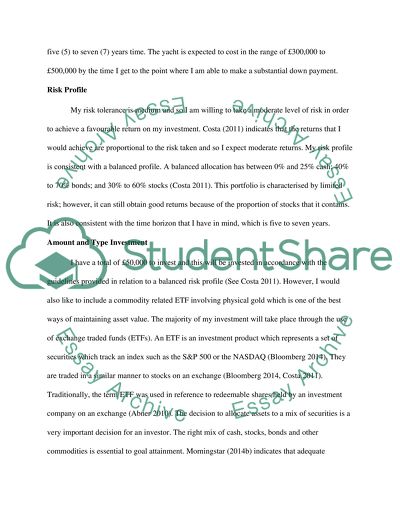Cite this document
(“Money Management Essay Example | Topics and Well Written Essays - 3000 words”, n.d.)
Money Management Essay Example | Topics and Well Written Essays - 3000 words. Retrieved from https://studentshare.org/finance-accounting/1630491-money-management
Money Management Essay Example | Topics and Well Written Essays - 3000 words. Retrieved from https://studentshare.org/finance-accounting/1630491-money-management
(Money Management Essay Example | Topics and Well Written Essays - 3000 Words)
Money Management Essay Example | Topics and Well Written Essays - 3000 Words. https://studentshare.org/finance-accounting/1630491-money-management.
Money Management Essay Example | Topics and Well Written Essays - 3000 Words. https://studentshare.org/finance-accounting/1630491-money-management.
“Money Management Essay Example | Topics and Well Written Essays - 3000 Words”, n.d. https://studentshare.org/finance-accounting/1630491-money-management.


